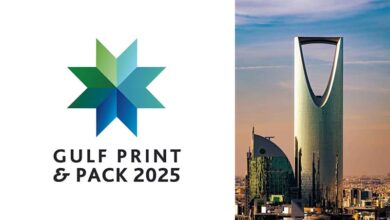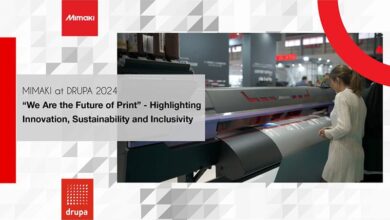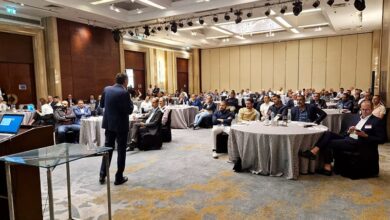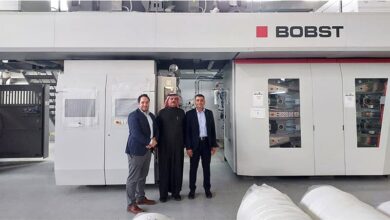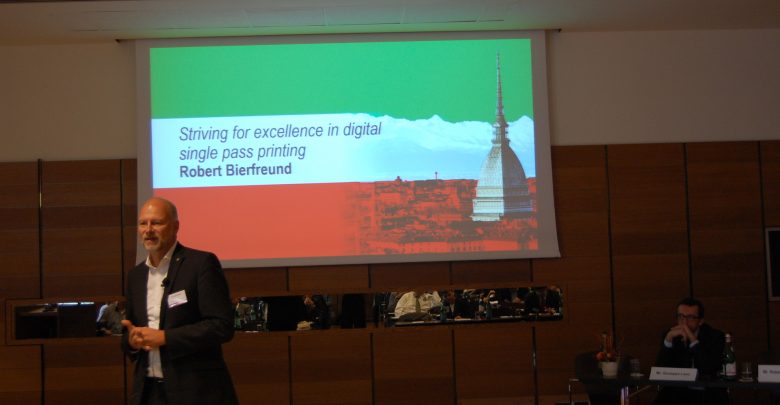
Turin, the capital of Piemond, hosted ERA’s Packaging and Decorative Gravure Conference on 7-8 November. Delegates from printers and engravers, press manufacturers and suppliers from all over Europe discussed current technological and market developments in the packaging and decorative printing industry. Apart from gravure’s status, the conference focused on the role and advances of digital printing technology in these segments. A visit to the plant of the transfer printer Sublitex in Alba on the second day rounded off ERA’s traditional autumn event.
The conference sessions were opened by Pierluca Simone and Elisa Minarda of the Italian confectionery manufacturer Ferrero, third largest in chocolate confectionary worldwide. Ferrero has its roots and headquarters in Alba, and they employ 40 000 people and operate 23 plants all over the world. Their brand products such as Nutella, Ferrero Rocher and Kinder Surprise Eggs are distributed and sold in 160 countries. In their presentation, Simone and Minarda precisely explained the role of the graphic chain in the production process and its impact on the marketing of Ferrero’s brand products.
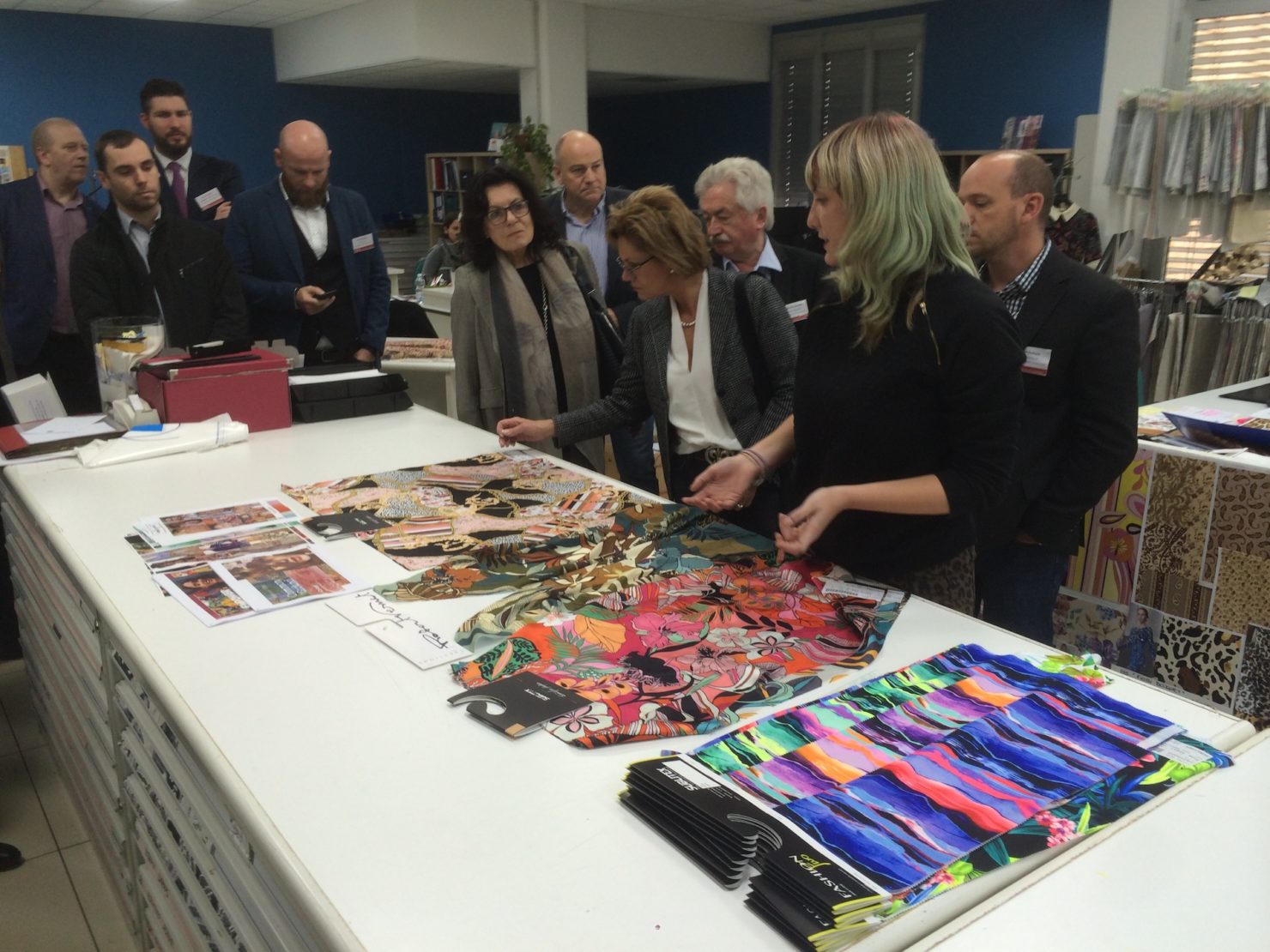
Altogether 197 printers are involved in the process and have to fulfil Ferrero’s strict quality and colour requirements. All printing technologies are applied by Ferrero for their product packaging, including digital printing in some special cases such as their Nutella Unica campaign for which over 20 million different labels were printed.

Ferrero’s presentation was followed by the Austrian market researcher Dr Helene Karmasin who spoke on the “hidden messages of brands and packaging”. She referred to her recently published book “Packaging is seduction” and described how the consumer is influenced by the packaging to buy a certain product. For this purpose, intelligently designed packaging material uses certain codes, for instance, the type of material, the size, the colour and the shape. Most important is that the consumer should take the product without any reflection. “Don’t make me think”, said Dr Karmasin.
An innovative combination of both printing technologies gravure and digital was presented by Guiseppe Lano managing director of the Italian transfer printer Sublitex, one of the world largest printer of transfer paper fort he textile industry. They belong to the Miroglio Group, European market leader in textile and fashion. For the printing of their annual output of about 60 million meters transfer paper, Sublitex applies both technologies gravure and digital. Whereas gravure is unbeatable for the big quantities, digital has advantages in the production of smaller runs and sophisticated designs, particularly if a high number of colours are needed.
Robert Bierfreund of the decorative printer Interprint shared their experiences with the installation of a KBA Rotajet digital press. The idea behind it was to print individual orders, as well as jobs with short run length efficiently. After two years of intensive and sometimes frustrating work, they have achieved to print digital on an industrial scale. “We will have produce 200 tonnes of decorative paper on our digital press vs. 7 000 tonnes in traditional gravure,” concluded Bierfreund.
The latest advances in short run gravure were discussed by Alessandro Bicego of Uteco, whose presentation was introduced by his CEO Aldo Peretti. Peretti also conveyed greetings on behalf of the Italian press manufacturer organisation ACIMGA of which he is president. Mr Bicego presented Uteco’s new NXS 300 which is a compact gravure press specially designed for short runs. Apart from its technical features which allow a reduced change over time, the NXS 300 significantly saves energy and reduces the CO2 emissions by up to 210 to per year.
Another theme was drying technology which was discussed by two presentations: Gene Plavnik from Heat Technologies, USA reported about an installation project of HTI acoustic drying technology on a rotogravure press which achieved a two times higher speed after the speed of the machine was reduced due to a switch from solvent-based to water based inks. He was followed by Dr Kai Baer from Adphos Digital Printing who explained the advantages of the NIR drying system in packaging and decorative gravure which are among others less ink and drying energy consumption.
The bloc of scientific presentations included Dr Joachim Reidiess of Dr Wirth Group, who gave an impressive lecture on real and virtual plasticity in hybrid scanning and printing. Prof Lutz Engisch of Leipzig University presented a study report on the use of carbon fibre rollers in the printing, paper and allied industries. Dr Uwe Berthold of Fogra meanwhile explained the status of the works on a future ISO standard for the preparation of laminates for colour matching in decorative printing.
The conference was rounded off by a colourful presentation on the packaging and gravure market in Pakistan by Yasin Hussain from the Lahore based packaging gravure printer Kasmy Pack. Pakistan offers a market with over 200 million consumers and a significant purchasing power of a growing middle class. The packaging market has grown by 7,6 % and the market is very much gravure oriented.
Finally, ERA Secretary General James Siever commented on the ongoing authorisation process for Chromium Trioxide. The EU Reach Committee came together and has discussed the application which includes gravure printing. The final decision which will be taken by the member states may be taken in one of the next meetings of the EU Reach Committee.
On the second day of the ERA event, the conference participants visited Sublitex in Alba, where the manufacturing of fabrics for the fashion industry by using transfer paper was demonstrated. Sublitex’ production facilities include a fleet of four Cerutti presses and latest digital printing equipment.

